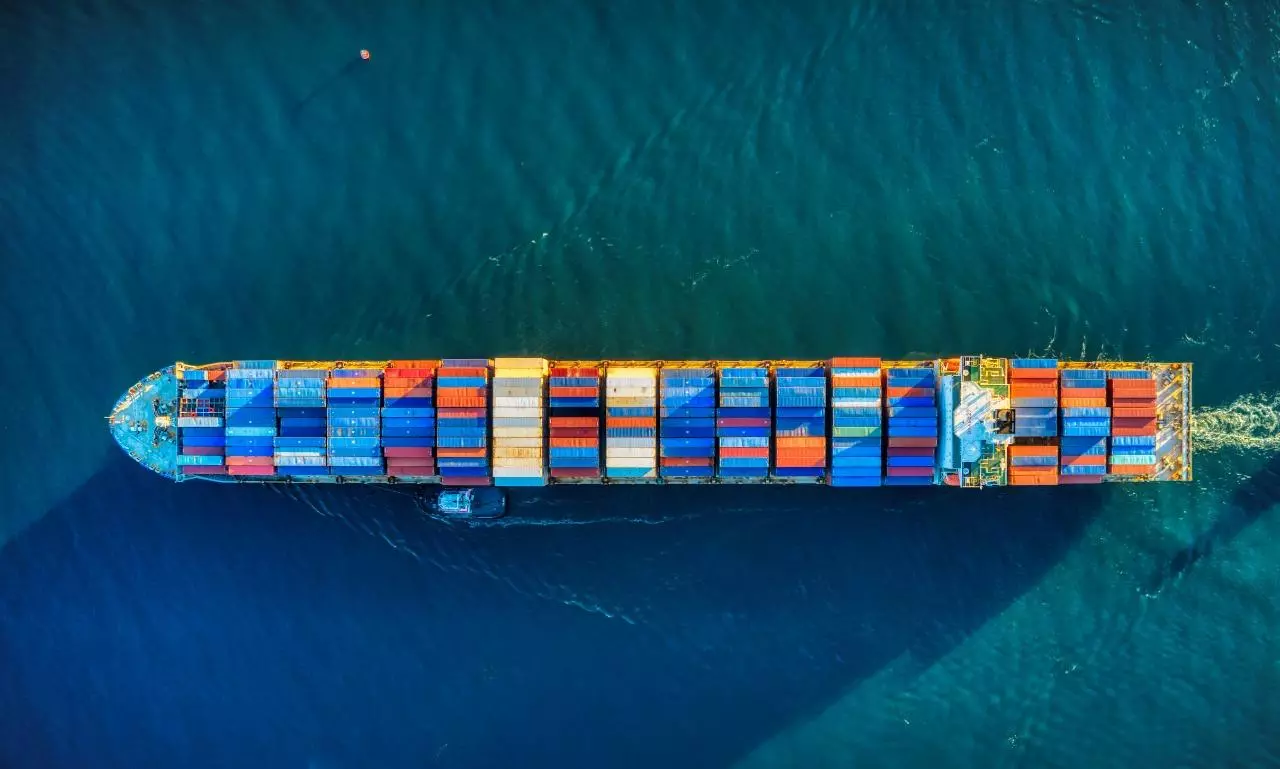Drewry says beginning of end for carriers' bull run
Customers are not expecting any fix of U.S. congestion issues before 2023.
The container market has definitely turned but don't expect a swift normalisation, says Drewwy in its latest Container Forecaster report.
"It certainly feels like we are at the beginning of the end of the container market bull run," says Simon Heaney, Senior Manager, Container Research, Drewry. "The slide in spot rates has become entrenched, rolling on for four months now with dips getting bigger by the week. Shipments along most trade routes are also down on the same point a year ago with high inflation eroding confidence that volumes will stage much of a comeback."
Carriers have made "astonishing profits" even when moving fewer boxes, posting record EBIT numbers in 1Q22 "but the gloss is starting to fade and investors are getting jittery with liner share prices down by around 22 percent since the start of the year .
Extreme freight rates were unsustainable, and the only questions were - when would the market turn and how quickly?
And the answer from Drewry: "the container market has definitely turned but the winding down of high rates and carrier profits will take some time."
The world is currently mired in "polycrisis" (a neat new buzzword to replace the outgoing 'unprecedented'), says the report "but carriers do still hold the ace card: supply chain congestion. Take that away and we would expect to see a very swift normalisation of the market. However, there is no sign yet that the port bottlenecks are going away.
"AIS ship tracking data reveals that the number of containerships waiting outside of major ports is growing while the views of our customers from surveys is little changed from the previous edition i.e., no expectation of a fix this side of 2023.
The majority of respondents, when asked about congestion clearing in North America, said it is likely only by 1H23 (48 percent) "with another 40 percent even more pessimistic, stating it would take until 2H23 or later."
No improvement in U.S. logistics infrastructure was cited as one reason why the region is expected to be the last to emerge from the operational chokehold, says the report.
"With no changes to our expected supply chain recovery timeline, the market will continue to be denied capacity that it otherwise would have had access to. We estimate that effective container ship capacity will be about 15 percent below potential this year, following on from a 17 percent reduction last year "
Part of Drewry's rationale is that carriers will take the necessary steps to keep themselves in an advantageous position. "In a survey, roughly three-quarters of respondents said that they expect carriers to continue prioritising profits over market share with strict capacity discipline. Therefore, we can expect to see more blank sailings on the agenda next year, this time motivated by the need to prop up spot rates rather than for operational necessity."
Drewry View
The end of the containers' boom cycle will require a paradigm shift from all stakeholders. Ocean carriers need to address the looming environmental and over-capacity risks by scrapping older, less green ships while shippers might be wise to wait for the market to come back before committing to lengthy contracts.




